On the second story of the main post office in downtown San José is a tiny museum dedicated to Costa Rica’s postal history. El Museo Filatélico is just two rooms big—one room for telephones, telegraphs, and items of that sort, and the other for a stamp collection dating back to Costa Rica’s first stamp in 1863.
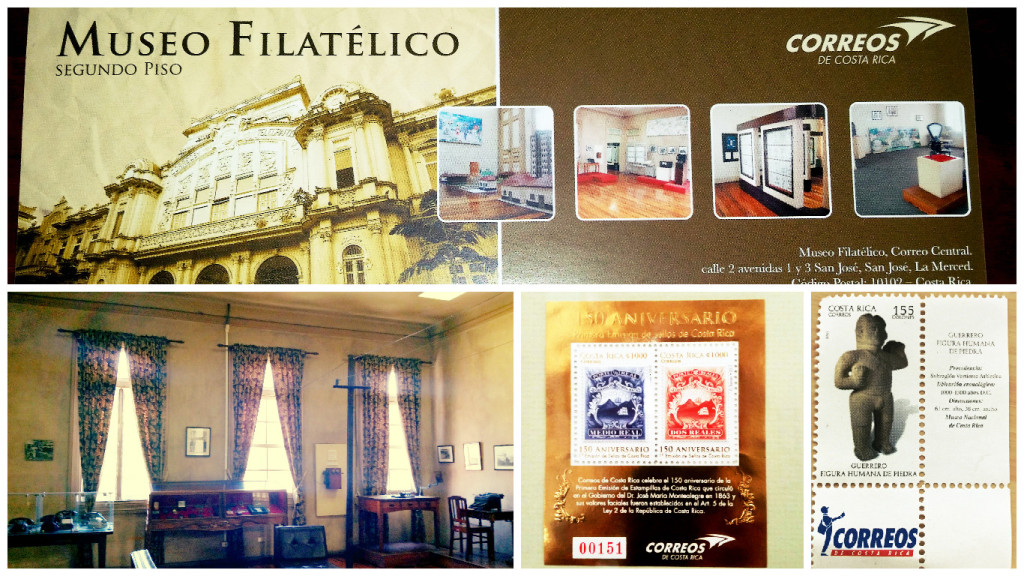
I bought my ticket at the counter downstairs (the lady had to unlock a box by the wall to get my ticket/stamp) and asked a security guard how to get in. He radioed a fellow guard by the entrance who took my information in a log book (name, ID number from my old CA ID, country of origin), radioed someone else, and then sent me up some stairs where there were some offices and a balcony view to the center of the first floor.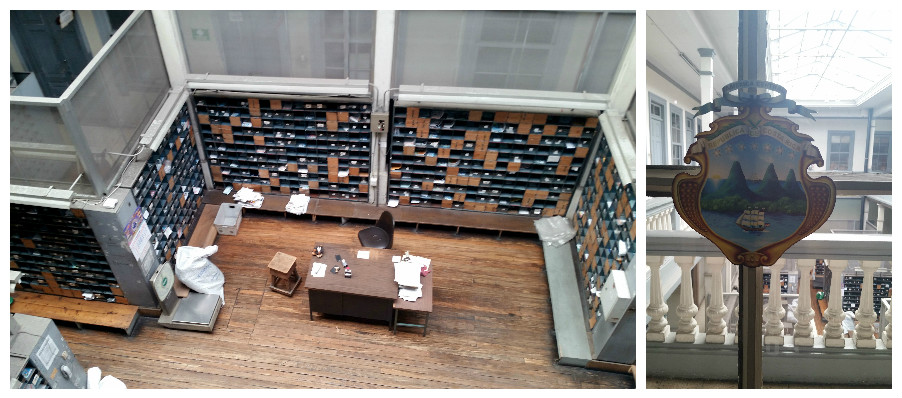
 I walked down the corridor and rang a doorbell to the museum door. A friendly woman came from behind me to open the museum rooms up to me. She explained that I could take pictures and stay as long as I liked. The museum had no other visitors at the time.
I walked down the corridor and rang a doorbell to the museum door. A friendly woman came from behind me to open the museum rooms up to me. She explained that I could take pictures and stay as long as I liked. The museum had no other visitors at the time.
While the telegraph room had some old phones and a telephone line on display (and a phone you could touch), I much preferred the stamp collection.
The stamps were quite diverse, and celebrated Costa Rica’s biodiversity, culture, and politics along with world events (like the Olympics or other international events, even JFK’s assassination or the victims of the twin towers). Interestingly, the museum also housed examples of stamps from other countries, with examples from every continent.

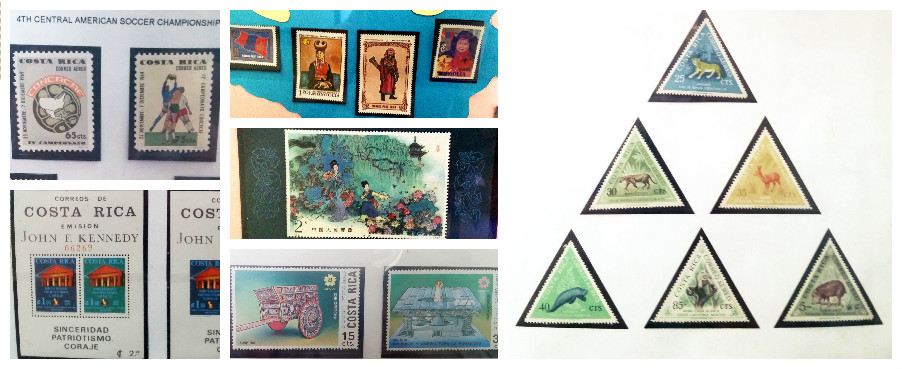
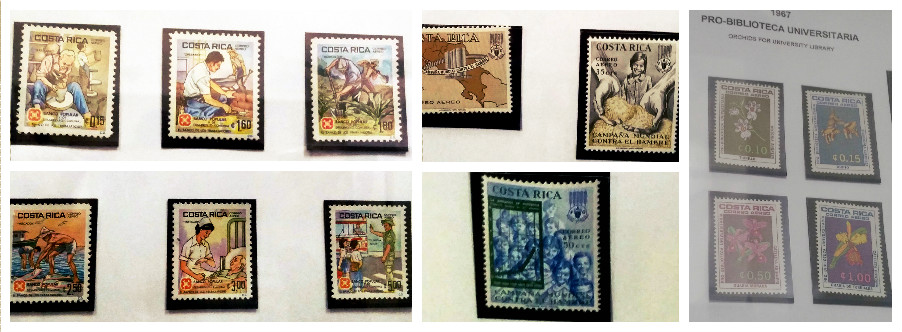
All in all, it’s an interesting and quick collection to see if you’re in the area, but if you’re just passing through, a picture of the facade is just as iconic and impressive.
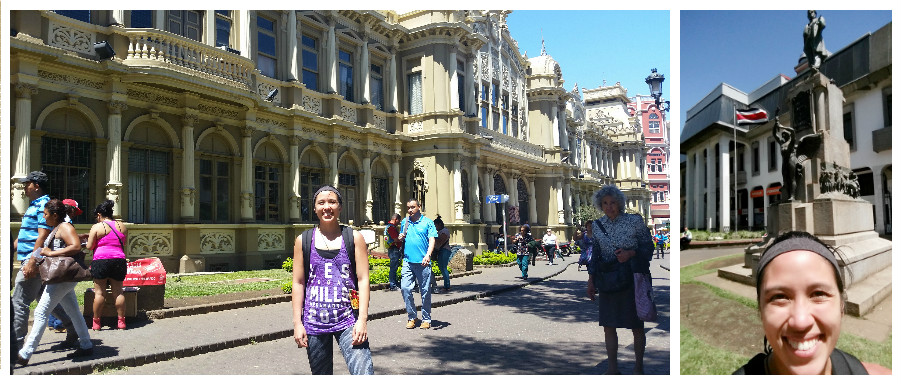

Sounded like you may have been the first visitor this year 🙂
I wondered how often it gets visitors!
Glad you were able to see it, one place that I would have also gone to see.
Love the stamp collection. The building facade is very interesting and beautiful
Yes, they also had a so-called “artisan market” on the first floor. It was about 6 or 7 vendors that sold things like handmade soaps, some jewelry, tee shirts, and other clothing. Sadly, not much was uniquely Costa Rican except for maybe the tee shirts (button up linen) and some bread. The clothes looked like they were made in a factory (maxi dresses) and the jewelry wasn’t anything I hadn’t seen before (like on Venice beach).